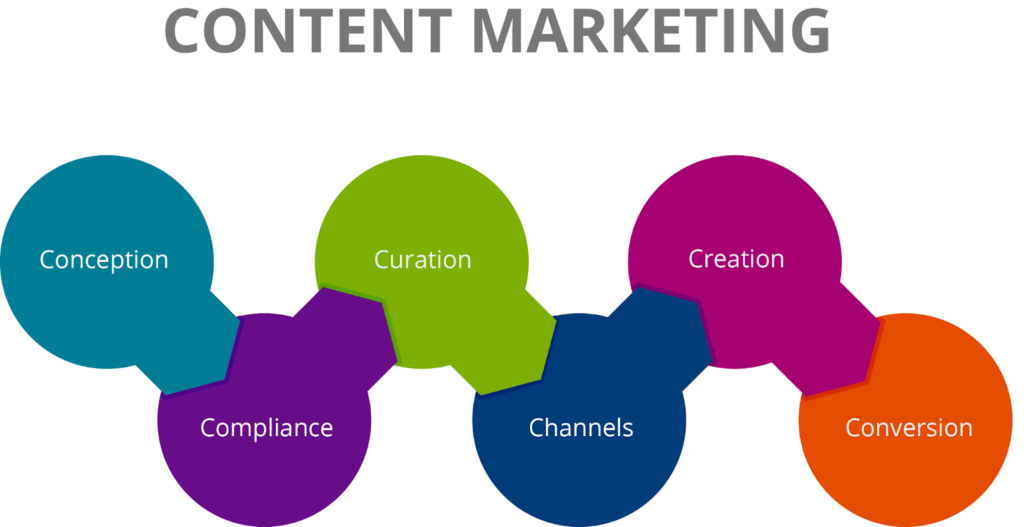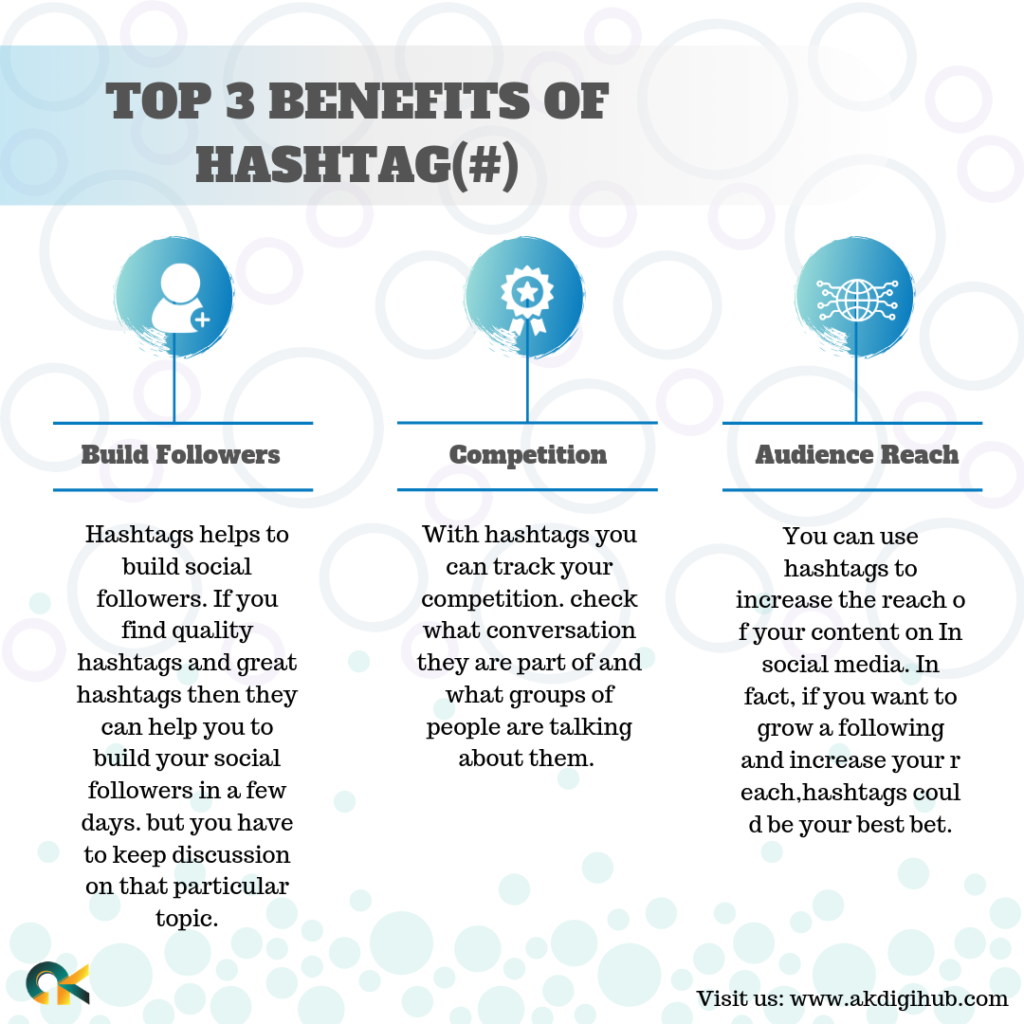A Guide to How Content Marketing Can Help Build Community

Table of Contents
- 7 Ways How Content Marketing Can Help Build Communities
- Key Takeaways
- Conclusion
- FAQs
Content marketing is undoubtedly one of the essential tools for a brand and its promotion. Hence, the content creators need to strategize their content well. Content marketing plays an effective role in sculpting their strategy with finesse.
One of the best and most effective ways is to take advantage of the community members’ expertise in the field. It is understood that brand managers know their brands the best of all, and thus, they believe that no one can curate better content and build better relations with their customers the way they do. But the fact is that the community members are equal experts in the field, if not more! So, it is an exceptional service that brands could use to their benefit.

Different perspectives from external resources can add value to the content creation process and content marketing strategy.
So, here are 7 amazing ways how content marketing can help build communities.
7 Ways How Content Marketing Can Help Build Communities
1. Take advantage of the community members’ expertise
Brand managers know how important it is to cater to their customers’ needs. That’s why one of the most important services for the brand is to answer the various queries of the customers, influencers, and other interested parties.
Brands take queries on every medium like the “contact us” form on their websites, direct messaging on social media platforms like Instagram, Facebook, or Twitter through emails or even phone calls to the respective executives. Though brands are great at giving the proper responses to the queries and solving them instantly, many experts in the community may have a unique way of responding to the queries or addressing the issues correctly.
To use their expertise, brands can solicit the responses from the expert community members and then respond to the customer who raised the queries to them. Brands can also create a pool of questions and answers from the expert community members and then highlight them on their websites or social media networks. Also, brands should never forget to give the credits wherever required.
2. Look for community perspective on real-time events.
Sometimes, when there is breaking news or a live event, it is best to take advantage of the real-time content for activating the community. The content created for the real-time events is short-lived and temporary in importance and value but yields very high traffic during that phase.
It is best to involve community members in a brand’s real-time content. Brands can do this by reposting the questions or stands of their customers on the event or news and asking the community members to post their perspectives on the same issue. Brands can also use festivals, fiestas, or celebrations to create relevant content and add the community’s ideas.
3. Bind them into threads of conversations with hashtags
Hashtags are one of the most viral phenomenons of today’s time. From Twitter to Instagram, hashtags bind people and their conversations to one another. These hashtags could be related to the brand’s new product launch, a social event, or just a brand’s tagline.
With the help of these hashtags, content marketers can spread the word about their brand’s content and make the community members join in spreading the same for them. They can also retweet the hashtagged popular tweets on Twitter that are in context to their brand or field. Also, content marketers can join in the other community brands in the latter’s hashtag conversations and promotions, and this way, the other community brand marketers will return the same as goodwill to the former. This is a mutual brand promotion that builds community stronger.

4. Know what the community is talking about
Often, brand managers or content marketers get so busy making their stories reach the audience that they forget to listen to what the audience or the community has on their minds for them as brands. But by listening to their customers’ reviews, interested parties’ reviews, or community members’ views, they can get a clear-cut idea of remodeling or catering to the people in the exact way they need. By listening, brand managers or content marketers can monitor their brand well.
Also, it is important to know what is generally going on in the industry. So, brands should listen to all the conversations and chatter over the different social media platforms. The marketers can track hashtags, find relative keywords on Google and check tags on Youtube and Flickr. This way, they will be updated on the trend and what people are talking about.
Content marketers can curate the content available and celebrate it by linking it to their own brand story!
5. Ask them for their exciting contributions.
Asking people to contribute to a brand’s ideas has always been the norm. A brand knows that it needs to include the latter’s personal contributions into the content marketing strategy to make the customers feel connected to it. Often brands ask their customers to contribute via questions like “What’s your go-to idea of using our brand differently?” “How can we improve our products?” or “What should we add to our product list?”
Similarly, to develop a strong sense of know-how among the community members, it is important to ask about their contribution to the brand and vice-versa. For this, marketers or managers can raise queries or simply ask the community members interesting questions like “What will your New Year’s Resolution be for this year?” “How do you kick away Monday blues?” or “Vacation or Staycation?” These are some random yet relatable questions that make everybody feel interested.
This way, brands get a chance to know about their community members’ likes, dislikes, and experiences.
6. Start live chats.
While most brands are still comfortable publishing the recorded versions of their content, like Q&A sessions or interviews with known personalities in the field, it is time to get out of the comfort zone and start with live chats.
Through live chats, both audience and community members get connected to the brand. Brands can go for a scheduled live session of about 20-25 minutes to garner views and establish relationships with customers and community members. They will come up with questions or suggestions that will definitely help you monitor your brand well.
7. Add music to your content marketing strategy.
Music is everybody’s love. And there is music for every situation. As there are many social music services like Spotify, Saavn, Amazon Music, etc., content marketers can use any platform to link it to their brand’s content.
On the brand’s website or social media handle, the brand marketers can ask people to recommend the best song that suits their brand’s theme, product, etc., and then create playlists with those songs over Spotify or any other relevant app. Then share the link of the curated playlist on the brand’s accounts for people.
Key Takeaways
- Make sure to get expert advice: Content marketers should take the expert community member’s advice whenever required. This helps make the peers feel connected to the brand, and brands get the perfect response to a query from an expert.
- Have discussions within the community: Content marketers should take advantage of the real-time breakthroughs to connect to their peers by asking them for their take on the current event or incident. It is good for the brands to know their community members’ perceptions of generic topics.
- A hashtag is a powerful tool: Hashtags are one of the most powerful tools today to get viral and talked about. Content marketers should use them to their best advantage to get the conversations started and joined by millions of people and community members.
- Always ask for the contribution: Remember that a brand can ask its community members for their contributions by making them fill out the forms, answer questions, etc. Ask important or viral questions to know the community members’ take on them or simply ask them about their favorite childhood memories or a memorable holiday.
- Utilize live chats: Live chats are very efficient if used smartly. Brand managers or marketers can schedule live chats and promote the dates. It gets joined in by several customers and community members to ask some random or sudden out-of-the-box questions, which help the brands get better. Later, brands can also publish the recorded versions of the same.
Conclusion
Making community members a part of the content creation process not only improves a brand but also helps build the community stronger. Thus, a brand should always ask for the community experts’ suggestions, request their contributions, and add them to the content marketing strategy in whichever way possible.

FAQs
To solicit the answers to the most interesting queries, you can repost the query and ask the community experts to respond. Share the expert suggestion or response with the customer that raised the query.
No. Though it is never mandatory to give credit (except for some places), it is recommended that credit be given only wherever possible.
You can ask them interesting questions. You can also ask them to share their pictures with the brand’s logo, a viral hashtag, or something even more interesting.
Sometimes, it becomes difficult for the experts to respond in time, and we do not want to make our customer wait to resolve his query. In that case, you can create a pool of Q&As and FAQs beforehand. You can post them later when required.
Though there are many good social music platforms available, you can go for Spotify, Saavn, Amazon Music, or any other relevant application for your brand. Choose the one that is most convenient for you.
Latest Blogs
Explore how Google’s 2025 AI search updates triggered ranking chaos. Learn actionable strategies to adapt your SEO for AI Overviews, zero-click searches, and SERP volatility. Stay ahead now.
Learn how to rank on AI search engines like ChatGPT, Perplexity, and Gemini by optimizing your content for authority, structure, and relevance. Stay ahead in AI-driven search with this strategic guide.
Explore the best healthcare SEO services for your medical practice. Improve online visibility and effectively reach more patients in need of your services.
Get your hands on the latest news!
Similar Posts

Content Marketing
4 mins read
11 Best B2B Content Marketing Agencies for B2B Companies in 2024

Content Marketing
5 mins read
Top ecommerce Marketing Agencies with Proven Strategies for 2024

Content Marketing
5 mins read